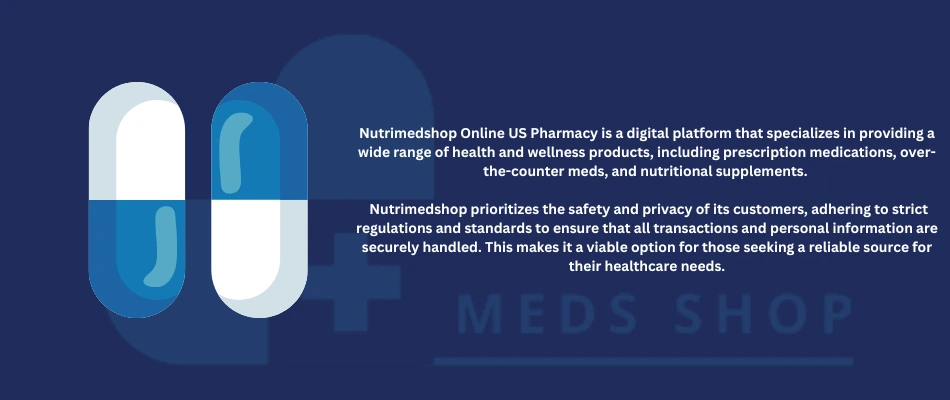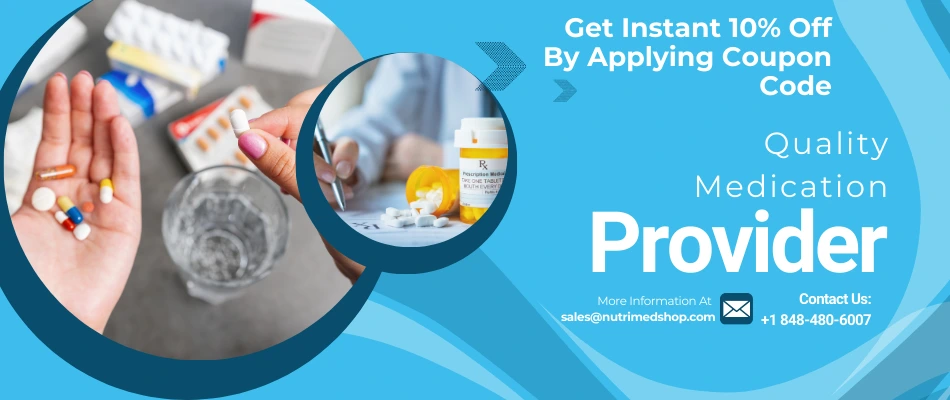- enquiry@nutrimedshop.com
- +1 848-480-6007
- Adderall
- Adipex
- Alprazolam
- Ambien
- Ativan
- Carisoprodol
- Clonazepam
- Codeine
- Darvocet
- Demerol
- Diazepam
- Dilaudid
- Fioricet
- Hydrocodone
- Hydromorphone
- Lorazepam
- Lorcet
- Lortab
- Meridia
- Methadone
- Norco
- Opana ER
- Oxycodone
- Oxycontin
- Percocet
- Phentermine
- Roxicodone
- Soma
- Suboxone
- Subutex
- Tramadol
- Valium
- Viagra
- Vicodin
- Xanax
- Klonopin
- Cialis
Oxycodone Category
Oxycodone 10mg
$309 - $809
Oxycodone 15mg
$329 - $801
Oxycodone 20mg
$349 - $839
Oxycodone 30mg
$495 - $1425
Oxycodone 40mg
$495 - $1425
Oxycodone 5mg
$299 - $809
Oxycodone 60mg
$379 - $849
Oxycodone 80mg
$495 - $1425
Category Description
When it comes to purchasing Oxycodone online for rapid delivery via FedEx, Our top priority is providing customers with fast and reliable service, ensuring that you receive your medication quickly and securely.
Introduction to Oxycodone
Oxycodone is a powerful prescription opioid analgesic medication that is used to treat moderate to severe pain. It was first synthesized in 1916 in Germany and was approved for medical use in the United States in 1950.
Oxycodone works by binding to opioid receptors in the brain and spinal cord, which blocks pain signals from being sent and perceived. It comes in both immediate-release and extended-release formulations. The immediate-release form acts fast and is taken every 4-6 hours, while the extended-release form is taken less frequently.
Medical Uses
Oxycodone is a powerful opioid pain medication that is used to treat moderate to severe pain when other pain medications are not sufficient. It works by changing the way the brain and nervous system respond to pain. Some common medical uses of oxycodone include:
- Managing cancer pain – Oxycodone is frequently prescribed to provide pain relief for those suffering from cancer, especially in cases of bone pain or neuropathic pain that is difficult to control. It helps improve quality of life when cancer pain is severe.
- Post-surgical pain relief – Oxycodone is often prescribed for short-term use after surgery to manage acute pain as the body is healing. It can provide more potent pain relief than over-the-counter medications like acetaminophen or ibuprofen.
- Relief of chronic back pain or osteoarthritis – For conditions like chronic lower back pain or knee/hip osteoarthritis, oxycodone may be used when anti-inflammatory medications are not adequately controlling pain. It can provide extended relief for chronic pain sufferers.
- Injuries or trauma – Severe short-term pain after major injuries, burns, or trauma may warrant the short-term use of oxycodone to allow the body to heal. It helps provide comfort when pain is acute.
- End-of-life care – Oxycodone is also often prescribed for hospice and end-of-life care, to reduce suffering and provide comfort to terminally ill patients.
Safe Use and Dosage
Oxycodone is a powerful opioid medication that must be used with caution to avoid dependence, addiction, and overdose. When taken exactly as prescribed by a doctor, oxycodone can provide effective pain relief. However, it comes with serious risks if misused or abused.
Doctors will prescribe the lowest effective dose of oxycodone to manage pain. It’s crucial to never take more than prescribed or take it more frequently. The typical dosage for adults is 5-15 mg every 4-6 hours as needed for pain. Extended release versions like OxyContin are taken every 12 hours. Higher doses increase dangers.
To use oxycodone safely:
- Take it exactly as prescribed by your doctor, never more.
- Never crush, snort, or inject oxycodone. Only take it orally.
- Do not mix with alcohol, opioids, or other central nervous system depressants.
- Store oxycodone securely to avoid misuse by others.
- Taper off slowly under medical supervision, never abruptly stop.
- Dispose of unused pills properly through a take-back program, never flush them.
Dependence and Addiction
Oxycodone is an opioid pain medication that has a high potential for dependence and addiction. When taken regularly over a period of time, the body and brain can adapt and become tolerant to oxycodone’s effects. This leads to needing higher and more frequent doses to achieve the same pain relief.
Some signs and symptoms of oxycodone addiction include:
- Taking more oxycodone than prescribed or using it in ways other than prescribed
- Frequently running out of medication early or requesting refills sooner than scheduled
- Showing drug-seeking behaviors like doctor shopping to obtain extra prescriptions
- Experiencing withdrawal when not taking oxycodone
- Needing higher doses to feel the same effects
- Continuing use despite physical, social, or legal problems caused by oxycodone
- Failing to fulfill major role obligations at work, school, or home due to oxycodone use
- Giving up important social, occupational, or recreational activities because of oxycodone use
- Investing a lot of effort on getting, using, or getting well from oxycodone
- Cravings and urges to use oxycodone
- Failure to control use or cut down despite attempts to do so
The more symptoms present, the more severe the addiction is likely to be. Seeking professional help for oxycodone addiction is crucial.
Withdrawal and Detox
Oxycodone withdrawal symptoms can be extremely uncomfortable and in some cases dangerous. Withdrawal typically begins within 6-12 hours after the last dose and will peak between 24-72 hours. The acute withdrawal phase usually lasts 5-7 days.
Common oxycodone withdrawal symptoms include:
- Anxiety, restlessness and irritability
- Muscle aches and pains
- Insomnia
- Runny nose, sweating and chills
- Nausea, vomiting and diarrhea
- Dilated pupils and watery eyes
Medical detox is strongly recommended for oxycodone withdrawal due to the severity of symptoms and potential complications. Detox under medical supervision provides medications to ease withdrawal symptoms, fluid replacement for dehydration, and monitoring of vital signs.
Detox alone is not sufficient treatment and should be followed by addiction counseling, behavioral therapies, support groups and relapse prevention education. A comprehensive rehab program can help individuals overcome psychological and behavioral patterns contributing to opioid addiction.
With proper medical and psychological support, oxycodone withdrawal and detox can be managed safely and effectively. Seeking help is the first step towards overcoming dependency and beginning recovery.
Abuse and Overdose
Oxycodone abuse and overdose has become a major public health issue in recent years. According to the CDC, overdose deaths involving prescription opioids like oxycodone have quadrupled since 1999. Nearly 50,000 Americans lost their lives to overdoses using opioids in 2019.


